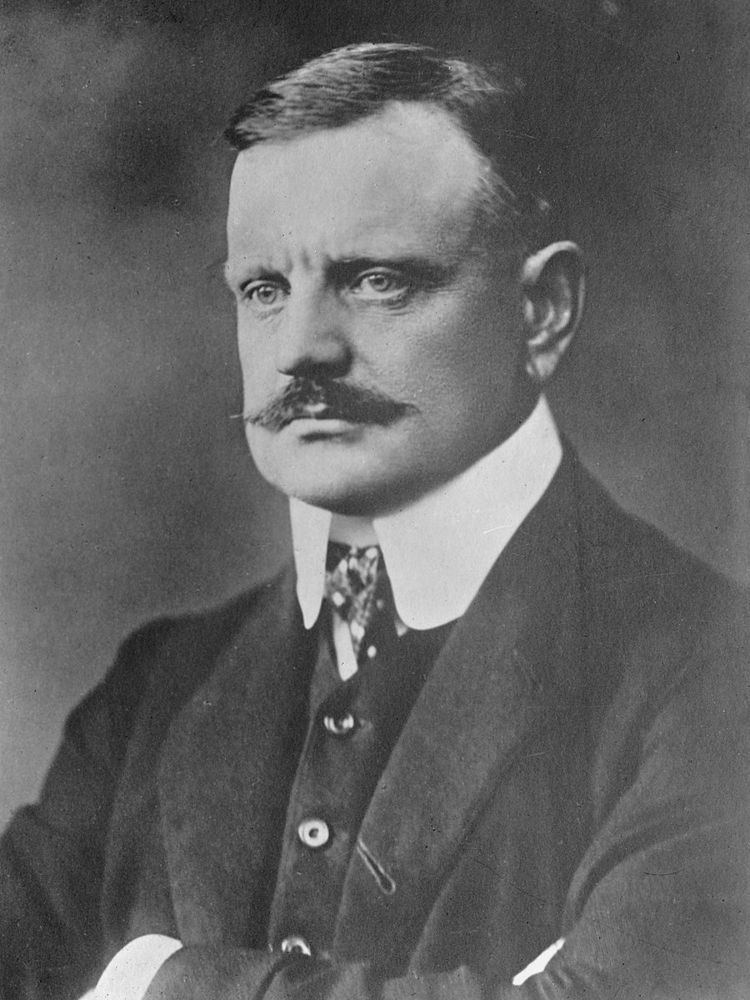Catalogue Op. 55 Date January 23, 1909 | Composed 1908 | |
 | ||
Native name Öinen ratsastus ja auringonnousu Location Saint Petersburg, Russia | ||
Nightride and Sunrise (Finnish: Öinen ratsastus ja auringonnousu) is a tone poem composed by Jean Sibelius in 1908. Sibelius gave different accounts of the inspiration for this music. One, told to Karl Ekman, was his first visit to the Colosseum in Rome in 1901. Another account, given in his later years to his secretary Santeri Levas, was a sledge ride from Helsinki to Kervo "at some time around the turn of the century", during which he saw a striking sunrise.
Contents
Orchestration
Sibelius scored it for piccolo, 2 flutes, 2 oboes, 2 clarinets, bass clarinet, 2 bassoons, contrabassoon, 4 horns (doubled if possible in the Sunrise), 2 trumpets, 3 trombones, tuba, timpani, bass drum, snare drum, tambourine, triangle and strings.
Background
Sibelius completed the score by November 1908 and sent the manuscript to the conductor Alexander Siloti, who led the first performance in Saint Petersburg, Russia in 1909. The reviews of the first performance were, except for that from Novy Russ, unfavorable, but one description of Siloti's conducting of that first performance was "slack and monotonous". Another comment from Novoye Vremya was quoted as asking "Who is actually riding, and why?" In addition, Siloti had made cuts to the score.
The work represents a subjective, spiritual experience of nature by "an ordinary man." It unfolds in three contrasting parts: a galloping section whose length and dogged, "minimalist" determination produce one of Sibelius's strangest utterances; a brief hymnic transition in the strings; and an exquisite Northern sunrise whose first rays emerge in the horns.
A typical performance takes about fourteen minutes.
Recordings
In July 1956, the piece was recorded by Sir Adrian Boult and the London Philharmonic Orchestra.
